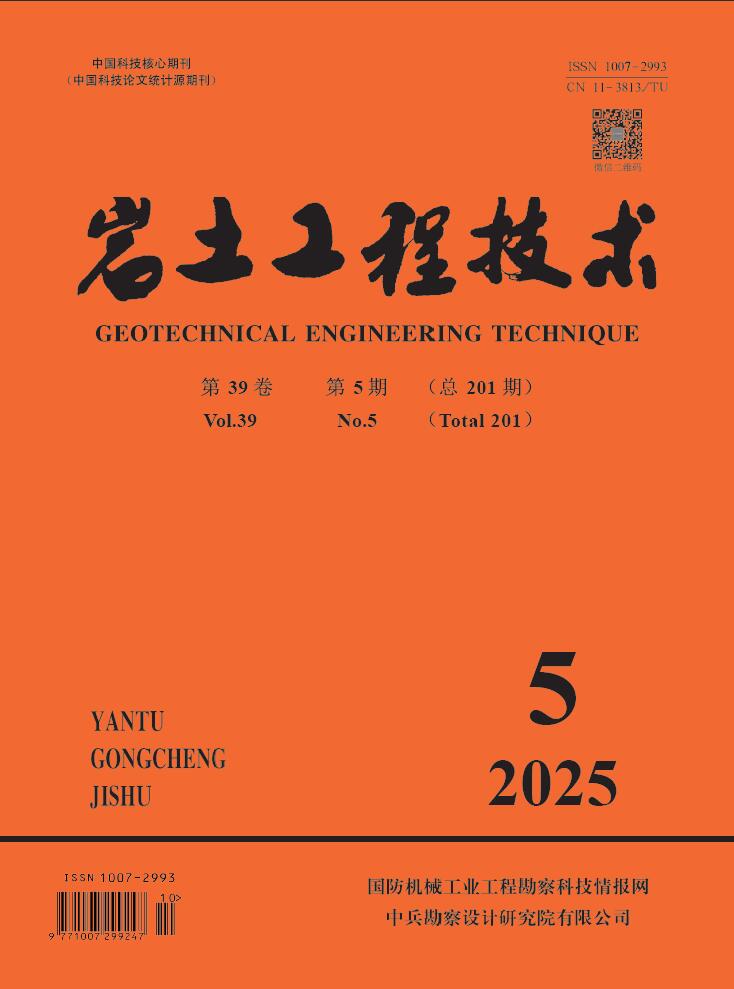2007 Vol. 21, No. 6
Display Method:
2007, 21(6): 271-274,278.
Abstract:
2007, 21(6): 275-278.
Abstract:
2007, 21(6): 279-284.
Abstract:
2007, 21(6): 285-287,312.
Abstract:
2007, 21(6): 288-291.
Abstract:
2007, 21(6): 292-295,303.
Abstract:
2007, 21(6): 296-299.
Abstract:
2007, 21(6): 300-303.
Abstract:
2007, 21(6): 304-306.
Abstract:
2007, 21(6): 307-309.
Abstract:
2007, 21(6): 310-312.
Abstract:
2007, 21(6): 313-314.
Abstract:
2007, 21(6): 315-318.
Abstract:
2007, 21(6): 319-323.
Abstract:



